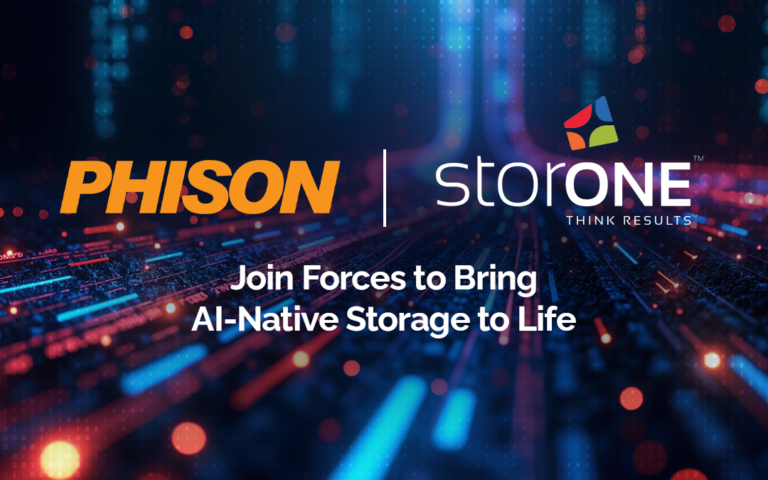Despite the per drive price, Optane performance lowers storage costs and the cost of application infrastructures. The problem is that most vendors sell Optane as an expensive alternative for fringe performance use cases, installed directly in servers, not in a shared storage system. Vendors of enterprise shared storage systems largely ignore the technology because they can’t deliver anything close to Intel Optane’s full potential. The reality is these vendors are using legacy, inefficient storage code that was designed for hard disk drives, not for NAND flash and certainly not for Intel Optane.
Lower Costs with High Performance Isn’t New
Using a more expensive but higher-performing technology to lower costs is not new. In the hard drive era, even before flash, DRAM appliances were used as a cost-effective alternative to hard disk-based arrays trying to drive database performance. Instead of using hundreds of short-stroked hard disk drives, one appliance could solve the problem. While the DRAM appliance was hundreds of thousands of dollars for a few gigabytes, it was less expensive than hundreds of hard disk drives and delivered better performance.
When flash finally became enterprise viable, the conversion from hard disk drives to flash, because of its low cost, was almost an overnight event — especially in database environments. Optane performance lowers storage costs in the same way that RAM and Flash did when compared to hard disk drives.
Understanding Optane Performance
Intel® Optane™ SSDs differ from standard NAND flash SSDs by offering breakthrough performance at all queue depths. The drives are up to 6x faster than NAND. Intel Optane SSDs are consistently responsive under load (up to 63x faster than NAND under write pressure). The 63x write performance advantage is a massive differentiator.
How Optane Performance Lowers Storage Costs?
Optane performance lowers storage costs only if storage vendors take the necessary steps to optimize their systems for this advanced technology. Using Optane as a cache, either in a server or in shared storage arrays, is not the answer. You need to treat Optane as storage to enjoy that 63X write performance advantage. How can drive technology that is almost $2,000 per drive lower costs? Below are the steps storage vendors need to take to enable Optane to lower storage costs.
Step 1 – A Shared Storage System Lowers Storage Costs
Because of the overhead of the typical all-flash array, many customers only use Optane in the application server. While this method does improve the performance of the particular application running on that server, it wastes the investment in Optane to a single instance. In most cases, most applications can’t drive Optane at their full potential all the time.
Using Optane directly in the application server also exposes the drive to all the shortcomings of any direct-attached storage (DAS) solution. Namely, there is limited protection from a server or drive failure, limited enterprise feature sets, like snapshots and replication, and in most cases, DAS wastes capacity.
Step 2 – Get Great per Drive Performance to Lower Storage Costs
The next step in lowering costs with Intel Optane is to make sure the storage software can extract maximum performance from the drive itself. We call this lowering the cost per IOPS. As important as IOPS is latency, and efficient storage software delivers that too.
Maximum per drive performance is an area where most storage vendors trip and fall. Their software is built on legacy, often open-source code designed for hard disk drives, not solid-state media. They also count on commonly available libraries to deliver key features. These vendors sacrificed storage efficiency to accurate their time to market.
Efficient storage software like StorONE’s S1 Enterprise Storage Platform can extract 85% or more of the per drive performance potential of Optane. With just four Intel Optane drives, we can deliver over one million read IOPS, and a sustained 300,000 write IOPS.
To deliver the same performance with Optane, most of our competitors would need 12 or more Optane drives. With regular NAND flash, they would need dozens, maybe hundreds of drives to get to one million IOPS. In many cases, the system would run out of other resources long before it broke the one million IOPS barrier.
Once maximum drive performance is achieved, the math on how Optane performance lowers storage costs becomes simple. Four Optane drives cost less than 12 Optane drives and dramatically less than the 50 or more NAND SSDs. Efficient storage software avoids the requirement for a very high-end sever or a massive cluster of servers that most AFAs will require to deliver 1 million IOPS.
Step 3 – Use Intelligent Tiering
Most analysts agree that 80% of an enterprise’s data has not changed in years, and likely will never change again. If you look at just the data being changed or modified, not even accessed, you find that less than 5% of an organizations data is presently being access. This means that an Optane tier sized at about 5% of the organization’s data should handle the large majority of write IO. Tiering the 95% of data to an alternate tier can dramatically lower storage costs. However, data may need to be read, so the system must maintain excellent read performance from the alternate tier.
StorONE’s AFA.next uses its S1:Tier feature to move data from the Optane storage tier to QLC SSDs. Using Optane for the active write IO enables QLC to be used primarily for read IO, and that read IO, because of the number of QLC drives and StorONE algorithms, can deliver data back to an application almost as fast as the Optane tier. Using Optane as storage enables us to let write IO come to “rest” so that when data is moved to the Optane tier it is unlikely to be changed again.
Conclusion
Using more advanced hardware technology to lower storage costs is a common benefit in adopting them. The more dramatic the advancement, the more challenging it is for software vendors to fully support the improvements. Intel Optane is no different. It needs a storage solution designed from the ground up to be very efficient, with low latencies. We feel that this is exactly what the All-Flash Array.next delivers. You can check the product page for more details. It is full of resources that will help you better understand this technology and how it can lower your storage costs.
You can also register for our webinar “Introducing The All-Flash Array.next powered by Intel Optane and StorONE”. Joseph Nielsen from Intel will be joining me as we discuss Intel Optane, the importance of efficient storage software, and our new All-Flash Array.next solution.




